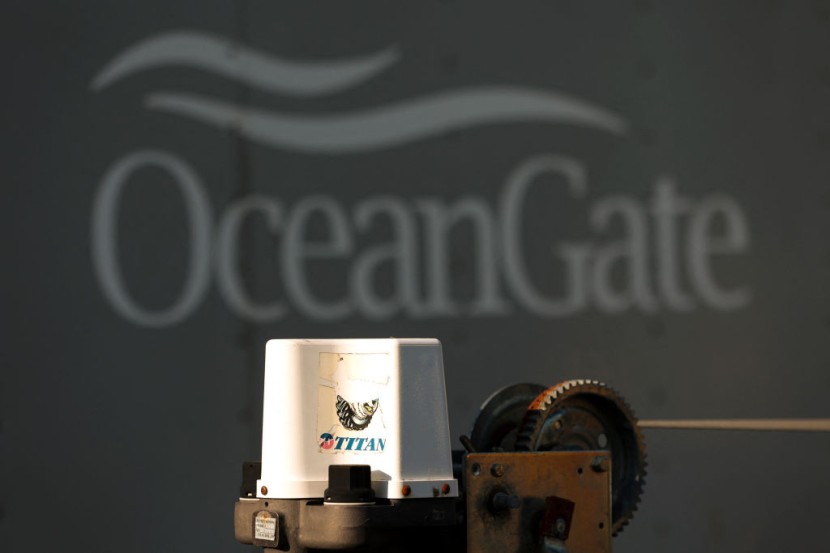During a visit to the Titanic site, a submersible carrying five people experienced a "catastrophic implosion," according to U.S. Rear Admiral John Mauger of the Coast Guard stated, during a press conference on Thursday.
About 1,600 feet away from the ship, a remotely controlled vehicle discovered wreckage from the OceanGate Titan submersible's tail cone, according to Mauger, as reported by ABC News.
The Titan, a missing ship that has recently garnered attention on a global scale, was identified by numerous further pieces of debris that were discovered by a search and rescue crew, according to Mauger.
The search and rescue team will keep gathering data even though it is still "too early to tell" when the implosion occurred, Mauger added.
The five passengers' deaths were verified by OceanGate in a statement.
According to Mauger, the search and rescue team located two fields of wreckage in the vicinity of the Titanic's bow: one major field and one smaller field. The uncovered objects included "five different major pieces of debris" that demonstrated the materials were consistent with the Titan.
A nose cone and one end of the pressure hull were among the debris found.
A Catastrophic Implosion
According to the OceanGate website, Titan is a carbon fiber submersible with a maximum depth of 4,000 meters. The pressure at the Titanic's depth, which is 3,800 meters below sea level, is 380 times greater than the air pressure on Earth's surface.
A flaw or failure in the Titan's hull may have caused the ship to implode as it gave way under the intense pressure of the deep water. The collapse of a submarine produces tremendous force.
Apparently, there may have been an "instantaneous implosion" of the sub, according to a co-founder of OceanGate, the company that operates Titan submersible trips to the Titanic.
According to Guillermo Söhnlein, there was a chance that a disaster had occurred. He was being questioned as reports of debris appearing in the Atlantic began to circulate.
Read also: Couple Suing OceanGate CEO Drops Case In Light of Titan Sub Tragedy
Explode vs. Implode: What's the Difference?
In physics and engineering, two mechanical processes called explosions and implosions are explored. When an object is broken up into smaller bits and the parts are being ejected from the original location, the process is called an explosion. Similar phenomena include implosions, however, in this case, the fragments are condensed into the object's core rather than being ejected.

Why Officials Think Oceangate Titan Imploded
Hours before the United States, Navy-operated sensors undoubtedly spotted the Titan submersible's implosion. The five-day hunt that garnered 24-hour media coverage may have been fruitless from the outset after the Coast Guard officially disclosed that it had vanished.
According to a senior Navy officer, the Navy found "an anomaly consistent with an implosion or explosion" in acoustic data collected from the same region where the Titan vanished.
Related article: OceanGate Titan Disaster: 'Titanic' Director James Cameron Exchanges Words With OceanGate Co-Founder About Safety, Cutting Corners
© 2025 HNGN, All rights reserved. Do not reproduce without permission.








